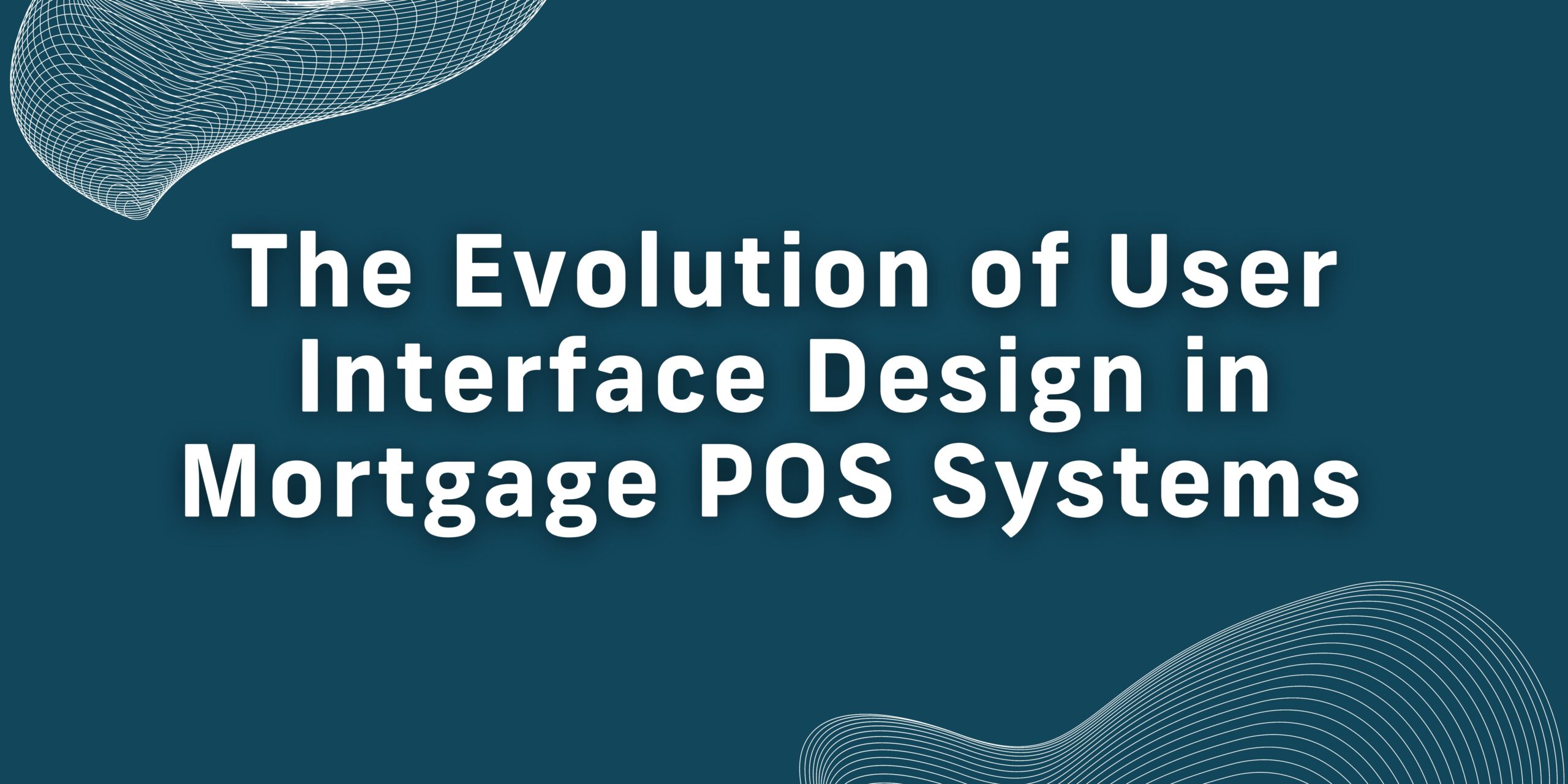The Evolution of User Interface Design in Mortgage POS Systems
In the rapidly advancing digital era, user interface (UI) design plays a crucial role in providing an intuitive and seamless experience for users. This is particularly true for lenders who rely on point of sale (POS) systems to manage and streamline their lending processes. In this article, we will explore the evolution of UI design in mortgage POS systems and the impact it has had on lenders.
The Rise of User-Centric Design
In the early years of mortgage POS systems, the focus was primarily on functionality and efficiency. The user interface was often clunky and complex, making it challenging for lenders to navigate and perform tasks efficiently. However, as technology advanced and user expectations grew, the industry began to shift towards user-centric design.
Intuitive and Simplified Interfaces
One of the key elements of modern UI design in mortgage POS systems is the emphasis on simplicity and intuitive navigation. Lenders no longer have to undergo extensive training to use these systems effectively. With streamlined interfaces, tasks such as loan application submission, document uploads, and data entry have become more straightforward and less time-consuming.
The use of clear labels, well-structured layouts, and intuitive icons helps lenders quickly locate the information they need and perform tasks efficiently. This intuitive design not only improves user productivity but also reduces the likelihood of errors or misunderstandings during the loan origination process.
Responsive Design and Omni-channel Experience
As lenders increasingly adopt mobile devices, responsive design has become a crucial consideration in UI design for mortgage POS systems. Responsive design ensures that the system adapts seamlessly to different screen sizes and resolutions, providing a consistent experience across devices. This allows lenders to access the POS system on-the-go, increasing flexibility and convenience.
Additionally, an omni-channel experience has become an important aspect of modern UI design. Lenders expect a seamless transition between different channels, such as desktop, mobile, and tablets. Whether they start the loan application on their desktop and continue it on their mobile device, the user interface should seamlessly adapt to the various devices without compromising functionality or user experience.
Visual Design and Branding
Visual design elements have become essential in UI design for mortgage POS systems. Lenders are more likely to engage with a system that is visually appealing and aligned with their brand identity. Thoughtful use of colors, typography, and graphics can enhance the overall perception of the system, instilling confidence in its reliability and professionalism.
Furthermore, UI design should prioritize accessibility to cater to users with diverse needs. Incorporating features such as font size adjustments, color contrast options, and keyboard accessibility ensures that all lenders can access and navigate the POS system comfortably.
Conclusion
The evolution of user interface design in mortgage POS systems has transformed the way lenders interact with these platforms. User-centric design, intuitive interfaces, responsive design, and branding considerations have led to improved efficiency, productivity, and user satisfaction. As technology continues to advance, the future of UI design in mortgage POS systems holds even more exciting possibilities.




